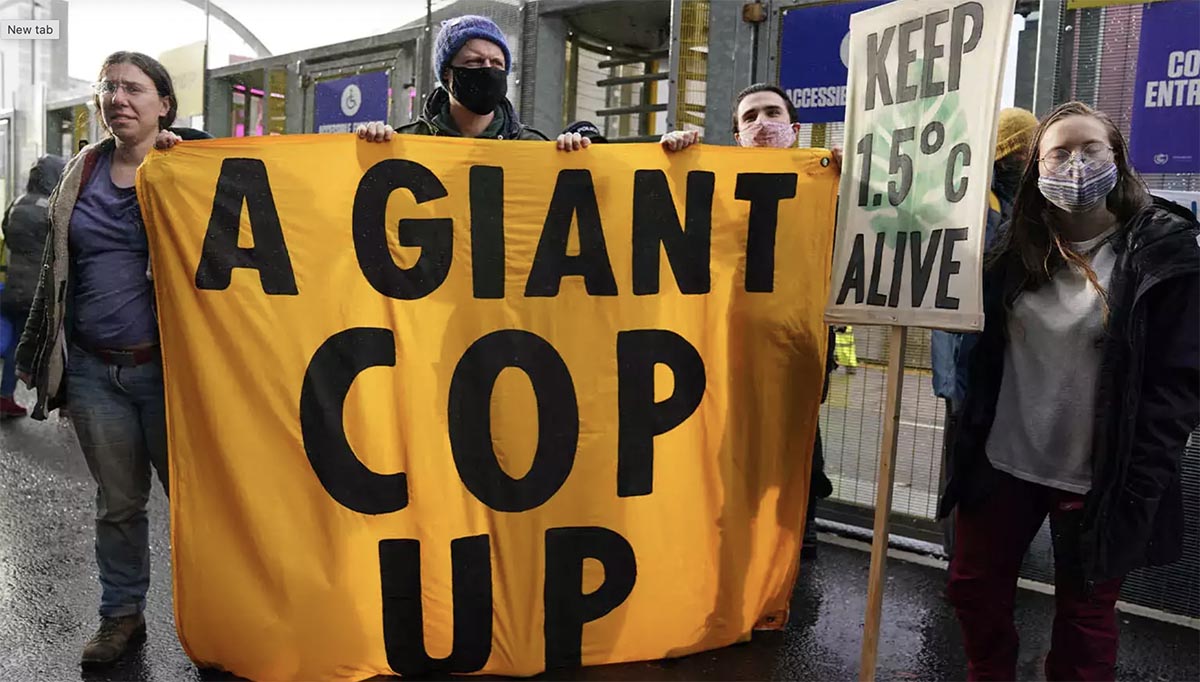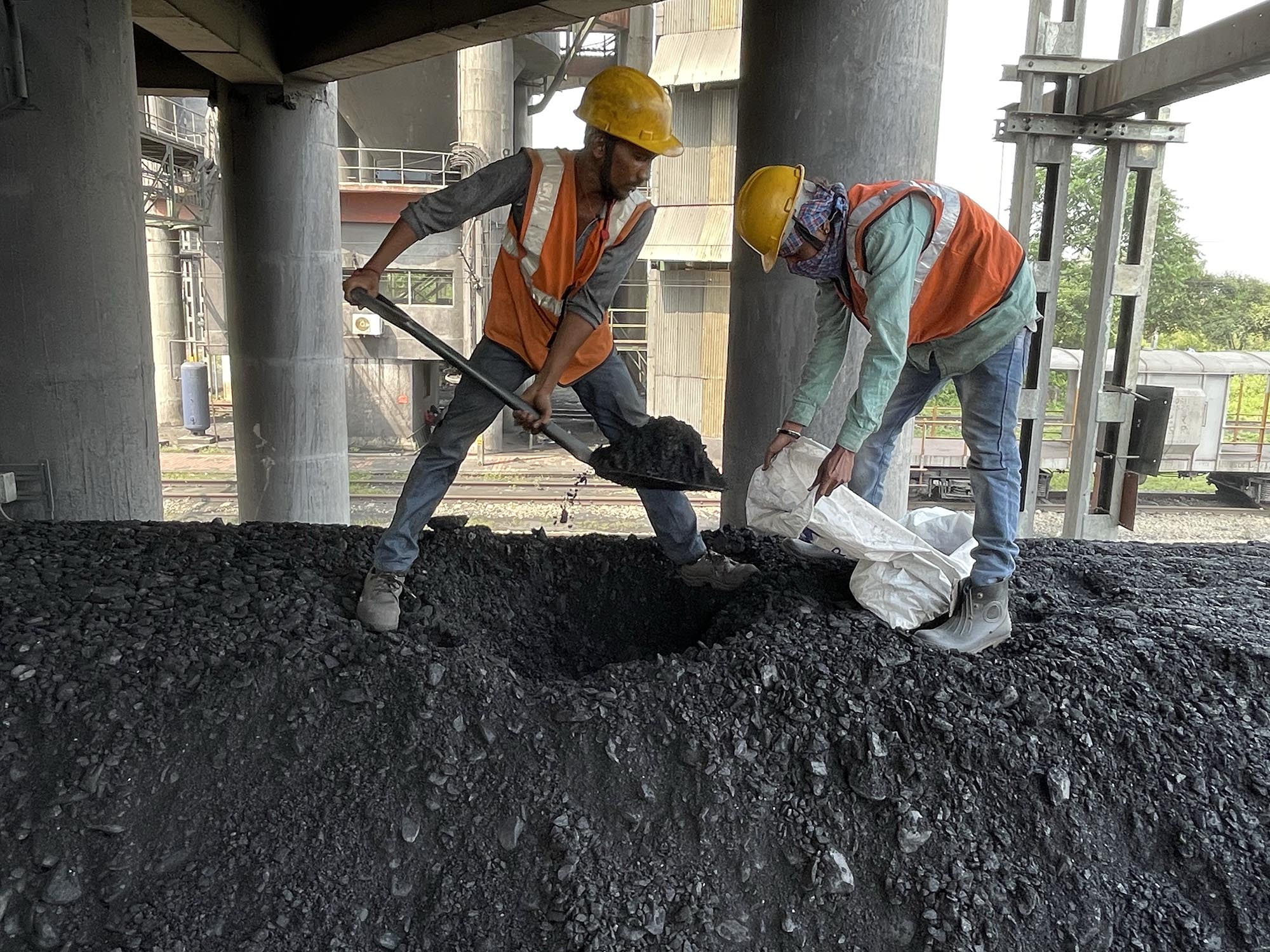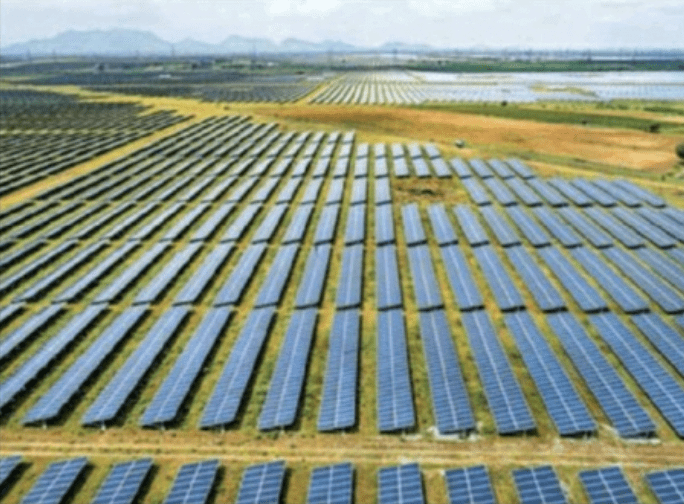The answer is not air conditioners
The recent USD 1 trillion Infrastructure Bill in the United States’ agenda to Build Back Better has allotted about USD 5 billion to a variety of measures that will reduce building electricity use, improve building materials, and create a skilled workforce to design, build and maintain energy efficient buildings. A large fraction of this funding, about USD 3.5 billion, will focus on improving access to thermal comfort for low income households – better insulation, windows, roofing, heating and cooling devices. The bill also directs USD 500 million to public schools for replacement of old inefficient HVAC systems, among other measures. Given that about buildings account for about 75 percent of the country’s electricity demand, this bill is a significant step in the right direction. Such an overhaul is much needed for country where 90 percent of the households in the United States have HVAC systems for their cooling, ventilation and heating needs.
In contrast, the India Cooling Action Plan (ICAP) in 2019 reported that about 10 percent of India’s 272 million households own air conditioners with an expected increase of cooling demand by eleven times in residential sector over the next two decades. The corollary to rapid increase in cooling demand, in the absence of suitable interventions is, uptake of least efficient air conditioners. While India’s per capita buildings energy use is among the lowest in the world today, it is set to grow faster than any region in the coming decades. In order to be able to envision a sustainable future for residential cooling, perhaps even massive financial investment on infrastructure, we must first come to terms with how India currently accesses thermal comfort.
Accessing thermal comfort through stacking strategies
As a tropical country with over five different climate zones experiencing air conditioner proliferation in the recent decade, much of India’s population comfort range in temperature is dictated by the outside climate. An investigation in a government school located in the city of Ambala 1 found that a temperature range of 15.3-33.7°C fell under occupant comfort; a range that is higher than those prescribed by both Indian and International Standards for adult population. Another study in affordable housing in Mumbai 2 revealed occupant comfort in the temperature range of 19.8-34.8°C, wherein both the minimum and maximum were about 6°C higher than prescribed standards., 3,4
This tolerance to higher temperatures has been attributed to urban residents’ commonly used adaptive actions such as the use of a ceiling fans, opening of windows, and use of curtains. Less commonly used adaptive actions were roof or floor wetting and use of air-conditioners or air-coolers. These are actions that we have witnessed or performed in our own households as means to achieve thermal comfort during sweltering summers. These can also be dubbed as energy conservation behaviours that help achieve optimal thermal comfort.
Stacking of strategies that reduce dependence on air conditioners in Indian households are common and often include the use of fans in tandem or as a substitute. A study in Pondicherry’s Auroville further substantiated this finding in addition to the observation that households did not use air conditioners continuously for attaining thermal comfort. Households across India are also known to avoid starting air-conditioner usage until outside temperatures exceeded 32°C 5 and peak use of air conditioners are during the hours when all residents of the house are presumably at home, that is between 10pm and 1am. 6
Additional energy conservation behaviours among the small fraction of air conditioner owning households have also been well noted. A 2020 study in Delhi reported three-fourth of the surveyed households used their air-conditioners for 6 hours or lower. The study further stated that even in the wealthiest neighbourhoods, during the hottest months of the year, about 15 percent of the households used air-conditioners for more than 8 hours per day. Another study in 2019 across four cities – Dhanbad, Meerut, Madurai and Vadodara – revealed that households used their air conditioners for less than six months in a year, with a majority stating four months. 7
Achievability of thermal comfort in public spaces
Today the majority of Indian households are either adapting to outside temperatures or adopting some energy conservation behaviours in relation to affording thermal comfort. Beyond homes, public spaces such as offices, shops, schools, hospitals, courtrooms etc, access to thermal comfort may not be as straight forward. A 2019 report by Vidhi Centre for Legal Policy stated that in survey across 6650 users of District Courts, about 37% stated the need for better ventilation in waiting areas. 8 These respondents stated that there was a need to add fans or air conditioners to these spaces to improve the user experience. A report by the sub-committee of the National Court Management Systems Committee recommended proper ventilation and temperature control either by air conditioners or coolers as imperative infrastructure provision for courts.
In addition to these waiting areas court complexes like many other publicly accessed buildings have a host of other amenities – ATMs, a bank branch, a canteen, first-aid care services, oath commissioners, photocopy facility, a police booth, a post office, public notaries, stamp vendors, and typists. Anecdotally we observe that ATM booths used for an average of less than fifteen minutes by people are stocked with a full-powered air conditioning, while offices of photocopiers, public notaries spaces inhabited for at least nine hours a day are likely to be inadequately ventilated and are more likely rely entirely on fans for thermal comfort.
Thermal comfort is a niche subject that remains with architects, builders and energy consultants. While temperatures are rapidly soaring as a result of climate change, thermal comfort is not yet a human rights issue nor is it a developmental concern (given the plethora of other real human rights violations this neglect is understandable). However, when regulations are not able to consider all a respects of how thermal comfort pervades our day-to-day it is likely to serve the needs of very few. This is already being observed in how cooling is often confounded with air conditioning, both by policy and people. Existing programmes focusing on cooling energy efficiency (for e.g. BEE’s star rating programme and EESL’s super-efficient air conditioner programme) while successful, have not reached the halls of courtrooms and many such publicly accessed spaces.
To afford a future where thermal comfort for all is a reality, we need to first study how we access it today. We need to understand who is accessing thermal comfort and how. There needs to be more conversations between those that design buildings and those that design policies.
This is the second of a series of five essays aiming to examine the essential elements of access to thermal comfort or cooling in India.
1. Composite climate zone
2. Warm and humid climate zone
3. Standards compared by the study were IMAC (NBC 2016) and Adaptive model (ASHRAE 55-2010).
4. Malik, J and Bardhan R. (2020). Thermal comfort in affordable housing of Mumbai, India. Energise 2020 Paper Proceedings. https://www.energiseindia.in/wp-content/uploads/2020/02/Energise-2020-paper-proceedings.pdf
5. Somvanshi, A. (2019) A midsummer nightmare. Centre for Science and Environment
6. Khosla, R., Agarwal, A., Sircar, N., and Chaterjee, D. (2021). The what, why, and how of changing cooling energy consumption in India’s urban household. Environmental Research Letters. 16 044035 https://iopscience.iop.org/article/10.1088/1748-9326/abecbc
7. Gorthi, A., Bhasin, S., and Chaturvedi, V. (2020). Assessing Consumers’ behaviours, perceptions, and challenges to enhance air conditioner energy efficiency. Energise 2020 Paper Proceedings. https://www.energiseindia.in/wp-content/uploads/2020/02/Energise-2020-paper-proceedings.pdf
8. https://vidhilegalpolicy.in/wp-content/uploads/2019/08/National-report_single_Aug-1.pdf



